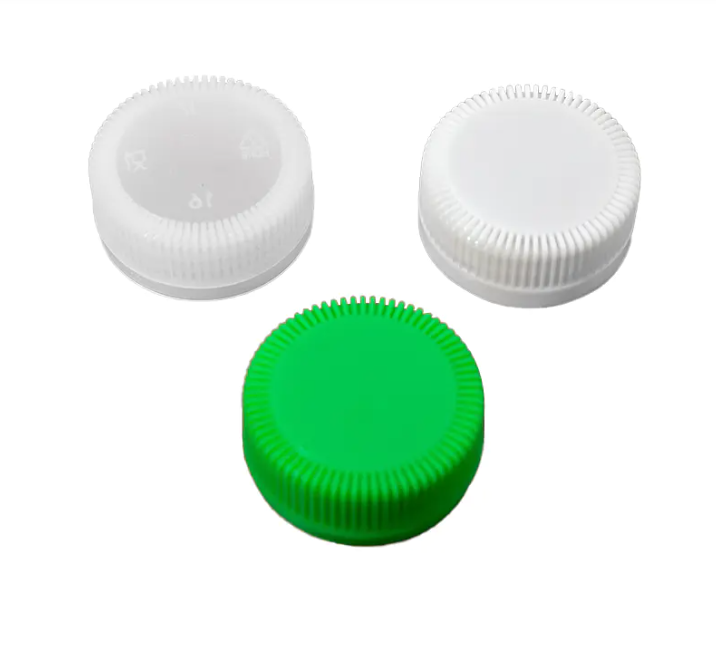In contemporary manufacturing, a Capping Machine is no longer seen as a supplementary device but as an essential technology that safeguards product safety, consistency, and compliance with evolving packaging standards. As demands for accuracy in packaging continue to rise, manufacturers increasingly adopt spindle- and chuck-type capping systems equipped with torque control mechanisms, vision inspection modules, and intelligent automation to achieve reliable sealing in a wide variety of applications.

A central element of advanced capping technology lies in torque control. Applying the correct torque ensures that each cap is tightened securely without over-compression or under-sealing, both of which could compromise product integrity. In industries such as food, beverages, and pharmaceuticals, incorrect torque can to leakage, tampering risks, or damaged packaging. Spindle capping machines use rotating discs to apply torque smoothly, while chuck capping machines rely on individual tightening heads for precision. Integrated digital torque monitoring allows operators to adjust settings in real time and record torque values for each container, supporting consistent sealing quality.
Automatic torque control also provides significant traceability benefits. By recording and storing torque data, manufacturers can generate reports to demonstrate compliance with regulatory requirements such as those enforced by GMP or FDA for pharmaceutical packaging. These documented records reassure both producers and regulators that every production batch has been capped under controlled and validated conditions, enhancing accountability throughout the supply chain.
Complementing torque monitoring, vision inspection systems have become indispensable to modern packaging lines. High-resolution cameras and sensors integrated at the capping stage check for correct cap alignment, integrity, and surface condition. For instance, these systems can immediately detect cross-threaded or skewed caps, enabling defective products to be removed before reaching consumers. This not only reduces material waste but also preserves brand reputation and consumer confidence. Additionally, vision inspection provides flexibility in handling a variety of closure types without heavy reliance on manual inspection, increasing throughput in high-volume environments.
The integration of torque monitoring with vision inspection substantially reduces the risk of human error. Traditional manual checks are both labor-intensive and inconsistent, particularly in operations processing thousands of bottles per hour. Automation enables spindle and chuck machines to achieve levels of accuracy difficult to replicate manually, while freeing operators to focus on production oversight, equipment maintenance, and quality assurance strategies.
Material diversity further influences capping performance. With closures manufactured from polymers, metals, or sustainable materials, torque response can vary significantly. Advanced capping machines incorporate adaptive torque algorithms, enabling them to adjust pressure according to cap material and thread type. This versatility ensures compatibility with lightweight eco-friendly caps increasingly used in the beverage sector, as well as with rigid closures in pharmaceuticals where sealing precision is critical.
Cleanliness and contamination control play another key role in regulated industries. Modern capping systems are often built with stainless steel frames, smooth surfaces, and enclosed tightening areas to reduce particle buildup and simplify sanitation. This design makes them highly suitable for sterile production environments where product safety cannot be compromised. Features such as automatic lubrication and tool-free part replacement minimize downtime during cleaning or maintenance, ensuring continuous production while maintaining hygienic standards.
Scalability is equally important for businesses aiming to adapt production capacity. Modular capping machines allow manufacturers to expand throughput or integrate seamlessly with existing bottling lines. Configurations can be customized by combining torque monitoring modules, vision inspection units, and automatic reject mechanisms, making them suitable for contract packagers and global brands managing multiple product lines with varying closure specifications.
Smart monitoring integration in spindle and chuck capping machines aligns with Industry 4.0 principles. Data collected from torque sensors and vision systems can be connected to centralized platforms, enabling predictive maintenance and performance analysis. This not only reduces unexpected downtime but also provides insights into production trends, supporting continuous operational improvement.
The combination of torque control, vision inspection, and modular design reflects the ongoing progress of packaging technology. Chuangzhen Machinery leverages mechanical precision, automated quality assurance, and hygienic engineering to deliver dependable capping solutions that meet stringent industry requirements while supporting efficient large-scale production. With growing emphasis on compliance and performance, advanced capping equipment continues to strengthen its role as a cornerstone of modern manufacturing.




 中文简体
中文简体 русский
русский Español
Español عربى
عربى
